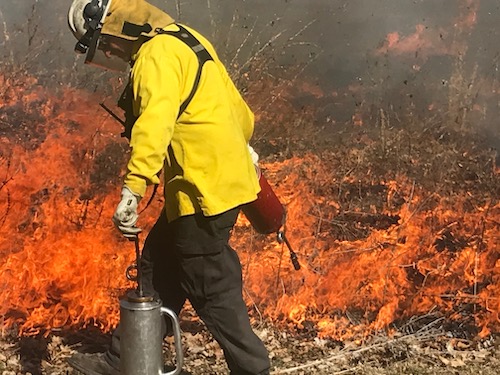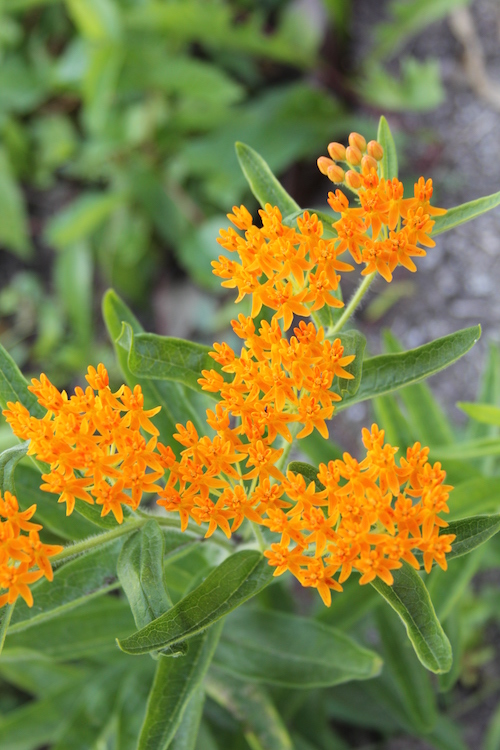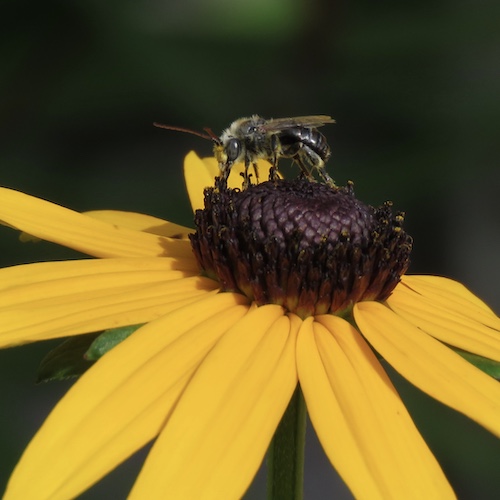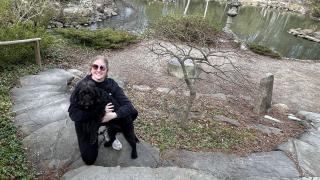To educate others about prairies, the wildlife they attract, their heritage and how to maintain them, Simek says the EIC staff and volunteers seeded the area that was formerly Clara Ford’s rose garden with native prairie grasses and wildflowers in 2014. The effort was led by alumnus Robert Primeau, ‘05, who now works for the Michigan Department of Environment, Great Lakes, & Energy.
Simek says the area is a learning tool for students in elementary school through college. But he says you don’t have to be a student to appreciate it.
“It’s wonderful to have this small patch of habitat representing a rare ecosystem that’s a part of the indigenous Southeastern Michigan environment right here on campus and to be able to witness how nature interacts,” Simek says. “And if you aren’t fascinated by that, watching the wildflowers and grasses blow in the wind while a butterfly or two flutters by is a beautiful sight anyone can enjoy.”
The EIC Environmental Study Area is open daily from sunrise to sunset. When walking the trails, please follow Gov. Gretchen Whitmer’s orders on social distancing, mask wearing and small groups. Simek would also like to remind nature-goers that fishing on site is prohibited and to leave bikes and dogs at home because they cause disruption and stress to the EIC wildlife.








